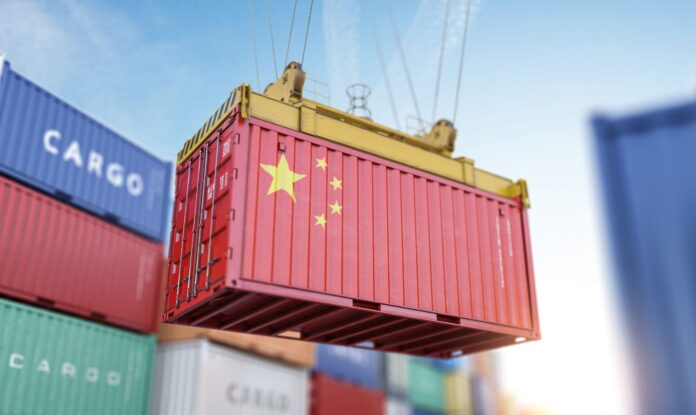The rising tide of financial strain within the power sector has become a pressing concern, as industry analysts report a significant increase in debt levels that threaten the stability of energy markets. In a startling revelation, data shows that the power sector’s debt has skyrocketed by Rs147 billion within just two months of the third quarter. This alarming rise has raised eyebrows among stakeholders, who fear that such rapid accumulation of liabilities could lead to dire consequences for both the industry and consumers.
Industry experts attribute this surge in debt to various factors, including rising operating costs, the need for infrastructure investments, and an increased reliance on imported fuels. One analyst noted, “The cost of generating electricity has been steadily climbing, and many power companies are struggling to keep up with their financial obligations.” This situation has forced several entities to borrow extensively, resulting in a compounded effect that has left the sector teetering on the brink of financial instability.
The power sector faces mounting debt due to rising costs, infrastructure needs, and reliance on imports, pushing it toward financial instability.
Moreover, the implications of this rising debt extend beyond the companies themselves. Consumers may soon find themselves facing higher energy prices as utilities seek to recover costs. A representative from a leading power authority stated, “If the current trend continues, we may have no choice but to pass on these costs to consumers.” This potential burden on households could exacerbate existing economic challenges, particularly in a climate where inflation is already a concern.
Additionally, the repercussions of escalating debt levels can affect investor confidence in the power sector. Investors typically prefer stable and financially sound enterprises; therefore, the growing uncertainty surrounding the sustainability of these companies could lead to reduced capital inflows. A financial consultant remarked, “Investment decisions are heavily influenced by perceptions of risk, and with debt levels rising so sharply, many may think twice before committing their capital.”
As stakeholders grapple with these developments, calls for regulatory intervention have intensified. Experts argue that a thorough strategy is necessary to address the root causes of the financial strain. Some suggest more stringent oversight and support mechanisms to help struggling companies manage their debts without compromising service delivery.














